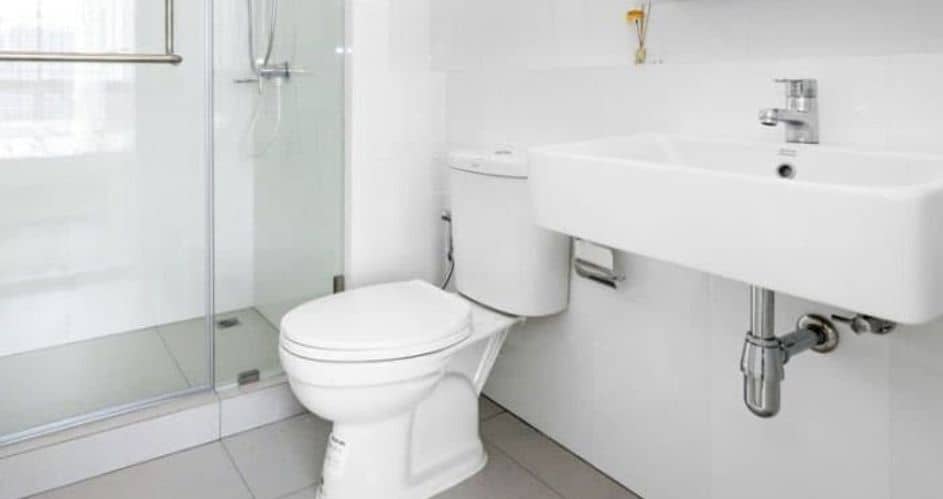Discovering the Truth About Toilet Worms
Toilet worms, the mere mention of these creatures can send shivers down the spine of anyone who has ever heard of them. But are toilet worms a real threat or just an urban legend? Let’s unravel the truth about these mysterious creatures that occasionally find their way into our bathrooms.
First and foremost, it’s essential to clarify what we mean by “toilet worms.” They are not a separate species or a new discovery in the world of entomology. Instead, toilet worms typically refer to small, harmless insects that occasionally appear in toilets, drains, or sewage systems. One of the most common culprits is the drain fly, also known as the moth fly or sewer fly.
Drain flies are tiny insects that measure only a few millimeters in length and are often mistaken for worms due to their wriggling appearance. These flies are known for their fuzzy, moth-like wings and are usually found in areas with organic material buildup, such as sewage systems, septic tanks, and clogge drains. They are attracte to the decomposing organic matter and can reproduce rapidly when conditions are favorable.
So, are these drain flies a cause for concern? The answer is generally no. While they may be unpleasant to encounter, they are not dangerous to humans. Drain flies do not bite or sting, and they are not known to transmit diseases. However, their presence can indicate plumbing issues or unsanitary conditions that should be addressed.
Toilet worms, or drain flies, are a common sight in homes where there are moisture and organic debris accumulation. Bathrooms, kitchens, and basements are typical locations for these insects to thrive. Here are some steps to help you deal with and prevent their infestation:
Maintain Proper Hygiene:
Keep your bathroom and kitchen clean. Regularly clean and disinfect the drains, pipes, and toilet bowls to remove organic material that attracts drain flies.
Fix Plumbing Issues:
Ensure that your plumbing is in good working order. Repair any leaks or clogs that may create an environment favorable to drain flies.
Use Drain Cleaners:
Periodically use drain cleaners to break down organic buildup in drains and pipes. This can help prevent drain flies from breeding in these areas.
Seal Openings:
Check for any openings or cracks in the walls, floors, or ceilings near plumbing fixtures. Seal these openings to prevent drain flies from entering your living space.
Ventilation:
Ensure that your bathroom is well-ventilate. Use exhaust fans and open windows when possible to reduce humidity and moisture, which can attract drain flies.
Use Traps:
You can set up traps to catch drain flies. These traps are available in most hardware stores and can help reduce the population of these insects in your home.
In summary, toilet worms, often referring to drain flies, are not a serious threat to human health. They are primarily a nuisance and a sign of underlying plumbing or hygiene issues. Taking steps to maintain cleanliness and proper plumbing can help prevent their infestation. Remember that toilet worms are not worms at all but tiny insects with a harmless presence in most cases.
However, if you find that your drain fly problem persists despite your efforts to control it, it may be a good idea to consult a pest control professional or a plumber. They can help identify and address the root cause of the issue.
In conclusion
toilet worms are not the menacing creatures they may seem to be at first glance. They are a common household annoyance that can be manage with some basic preventive measures and cleaning habits. Understanding their behavior and taking the necessary steps to address the conditions that attract them can help you keep your bathroom, kitchen, and living spaces free from these pesky insects.














